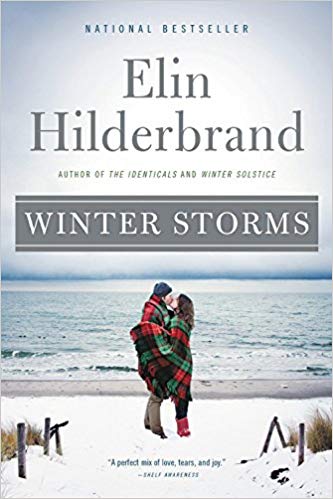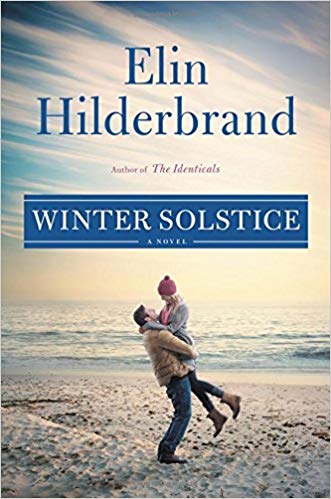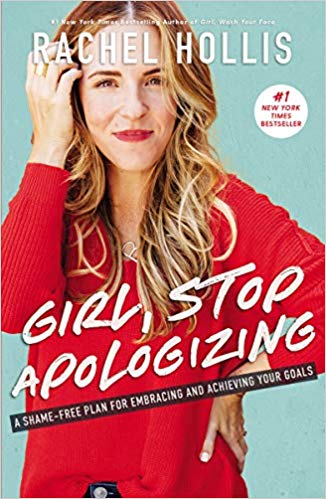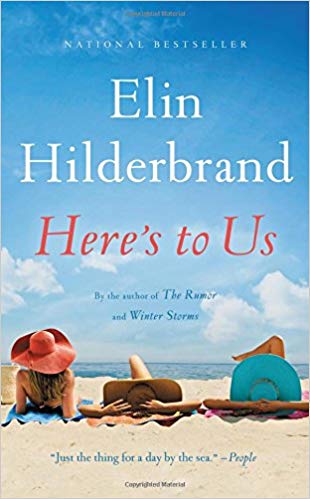Book 5: The Whole-Brain Child
Hello! I’m so glad you stopped by! Book 5 coming at ya and it is a GOOD one (check out part 1, 2, 3, and 4). In these reviews, I share a bit about each of these books, my thoughts, how many stars I’d give it (actually it is how many Jericho’s as I’m using his cute face in place of stars. ;) ), and what other books I've read that month. The Whole-Brain Child is all about helping your children thrive instead of just survive!
Title: The Whole-Brain Child
Author: Daniel Siegel, MD + Tina Bryson, PhD
Genre: Non-Fiction | Parenting | Self-Help
Page Count: 194
Short Synopsis: The premise of this book is to help our children (whether they are our own, nephews/nieces, kids we babysit, etc) thrive instead of just survive, by helping them move towards whole-brain integration; helping the left and right and top and bottom parts of the brain all work together, or integrate. Assisting the individual with integrating their memories, their inner self, and their life with others allows them to thrive in a world where a lot of us are just surviving.
“The moments you are just trying to survive are actually opportunities to help your child thrive.”
My Thoughts: When I started serving in the Nursery at my church, this book was recommended for all kids leaders to read, and after reading it, I think every person should read this book. Honestly, I really enjoyed this book, but it was a lot of information all at once. Next time, and there will definitely be a next time, I will instead read one chapter and then spend some time implementing the strategies discussed before moving on to the next chapter. With so many strategies discussed, it was very easy to feel overwhelmed. With that out of the way, The first thing I loved is that this book isn’t just to help kids; it can help us as parents and caregivers integrate our own brain and live a more centered life.
The second thing I loved is that these strategies do not have to be implemented in a structured way. It could be in the car on the way to school, in the bath before bed, or even at the airport. Any time you notice your child’s brain not functioning from an integrated place, you can help them. Simply put, you are using every day situations to teach your children. You are parenting intentionally.
The third, and final thing I loved about this book, was the practical strategies that it discussed. Twelve different strategies are outlined to help you integrate your child’s (and your own) brain. I thoroughly enjoyed learning about all of them, but a few particularly stuck out to me.
1. Left and Right Brain Integration (horizontal integration):
Most of us know that we have a left and right side to our brain and they each side is responsible for different tasks. The right side deals with our emotions, body sensations, and is more connected with the rest of the body. The left side deals with logic, facts, and the linear progression of events. If our brain isn’t working in an integrated fashion, one side can become more dominant. This book gives the analogy that they call “The River of Well-Being.” Being too far to the right side (or right-brain dominant) is chaos and too far to the left side (or left-brain dominant) is rigidity / control. When you are on either side, integration is blocked. Good mental health is being in the middle of the river where it is peaceful and you are flexible.
My favorite strategy for helping the left and right brain become more integrated is called “Connect and Redirect.” In order to “get through” to the child, you need to first connect with them on the same side of the brain they are thinking from. Then you can redirect the conversation and bring in the other side of the brain. For example, if the child is upset that their best friend never came over (right brain emotions; not thinking rationally), the parent would sympathize with the child first (right brain), and then redirect the conversation by bringing in the logic (left brain).
Right Brain: “I am so sorry. That must have made you feel really bad that your friend didn’t come over. Do you want a hug?”
Left Brain: “I bet your friend had something important come up and they probably just forgot to call you and let you know. Why don’t you give them a call and see what happened?”
This process allows them to feel heard and felt, which in turn allows them to better understand logical reasoning.
2. Upstairs and Downstairs Integration (vertical integration):
Just like we have a left and right side to our brain, we also have an upstairs and downstairs. The upstairs is responsible for thinking, planning, making good decisions, doing the right thing, and it isn’t fully developed until the mid-twenties. The downstairs houses our big emotions like love, anger, or fear. It also is in charge of our bodily functions, such as a red face when we are very angry. When the brain operates solely from the downstairs brain, the part of the brain that is responsible for making good decisions, responding calmly, etc., is blocked. Often times, outrage happens and we say things that we do not actually mean, such as “I hate you” or “you’re the worst mom ever.”
The “Use It or Lose It” strategy says that we need to consciously make an effort to engage our upstairs brain or else it may not develop optimally. This can be done by asking questions that make your child think. “Why do you think you did bad on the test?” or “Do you want to wear your pink shoes or your brown shoes today?” or “Since baseball and your friend’s birthday are at the same time, which activity would you like to attend?” These types of questions help engage the child’s upstairs brain and teach them to make decisions for themselves as opposed to letting their emotions make all the decisions.
Growing up babysitting and serving in my local church, I have developed my own style for parenting/childcare, that I thought was pretty good. This book challenged me in the best of ways and presented strategies for how I could take my parenting style further and make it a better experience for both the child and myself. There are many more strategies laid out in the rest of this book that help us as parents and caregivers assist our children in using the whole-brain. Let’s commit to thriving instead of just surviving!
My Rating:
Other Books I Read in May: Winter Storms | Winter Solstice | Plum Pudding Murder | Girl, Stop Apologizing | Winter in Paradise | Here’s to Us














